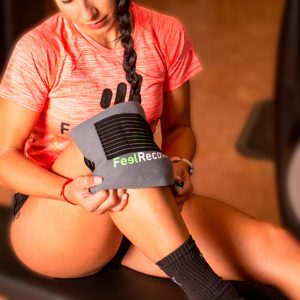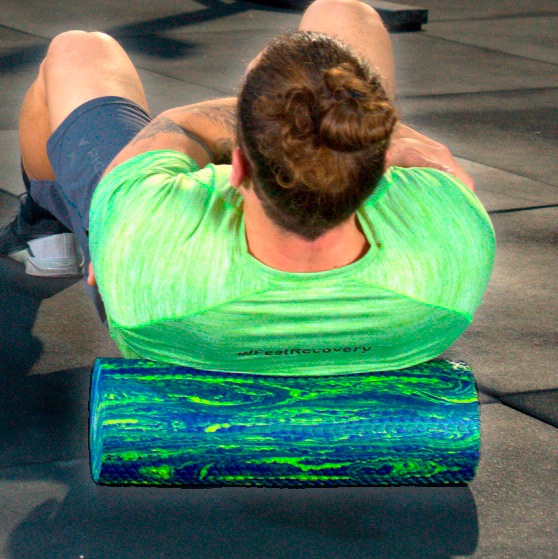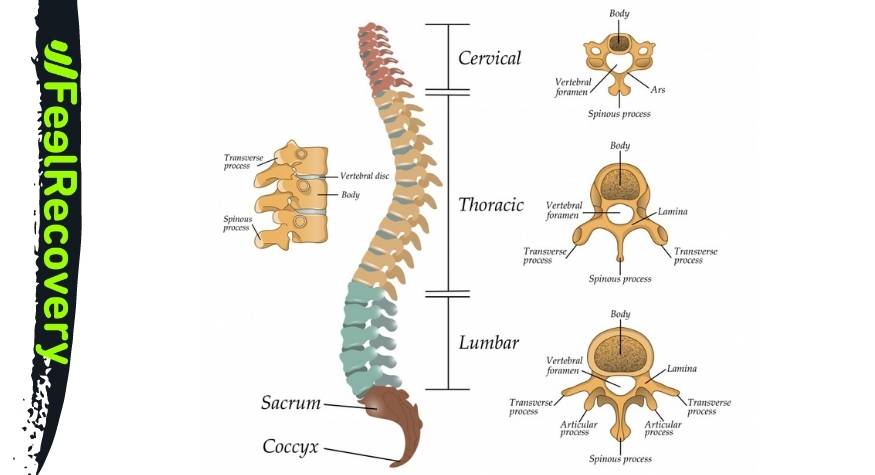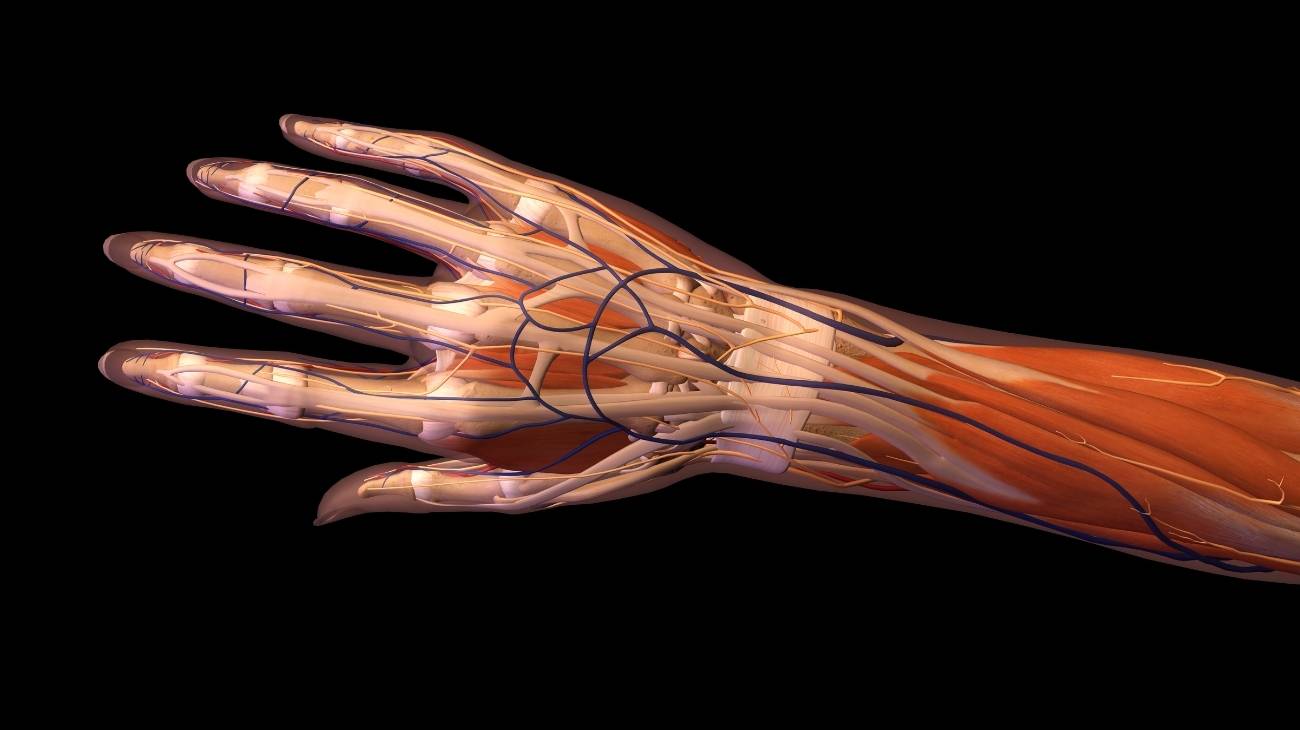Back Anatomy
The back is the area opposite the chest, located at the back of the human body, between the shoulders and the waist. This area has a very important anatomical and biomechanical function, which we will discuss below. But this is not the only thing you will read about, we will also show you the different ligaments and joints of this part of the body.
Featured Categories




















